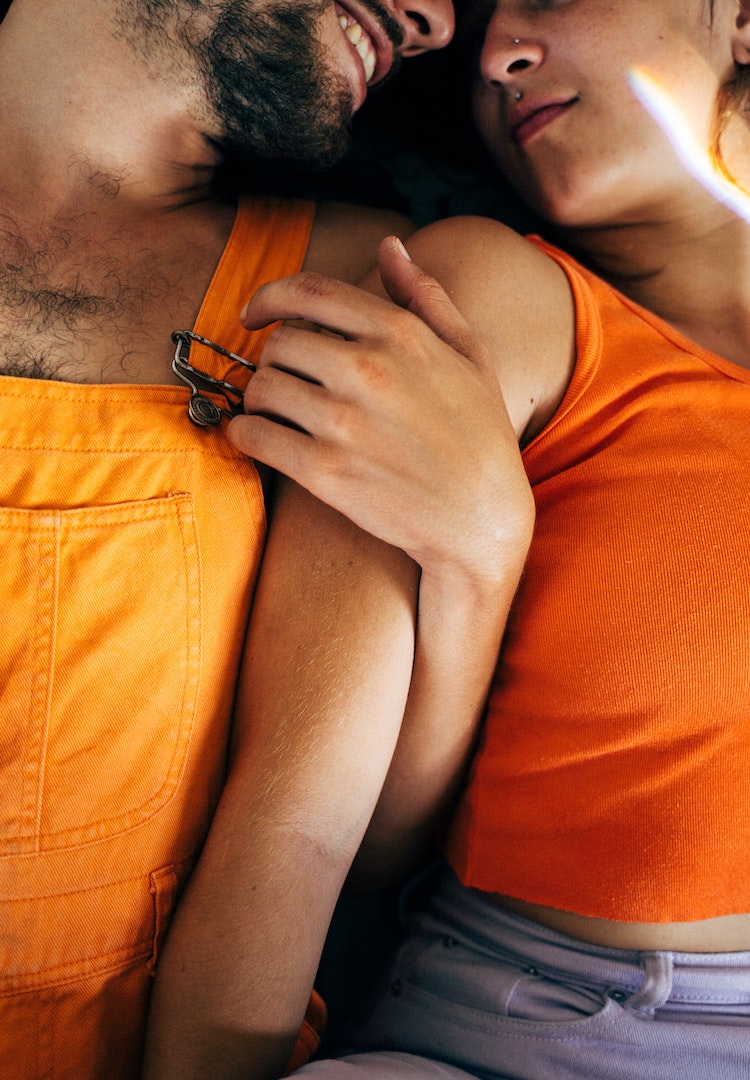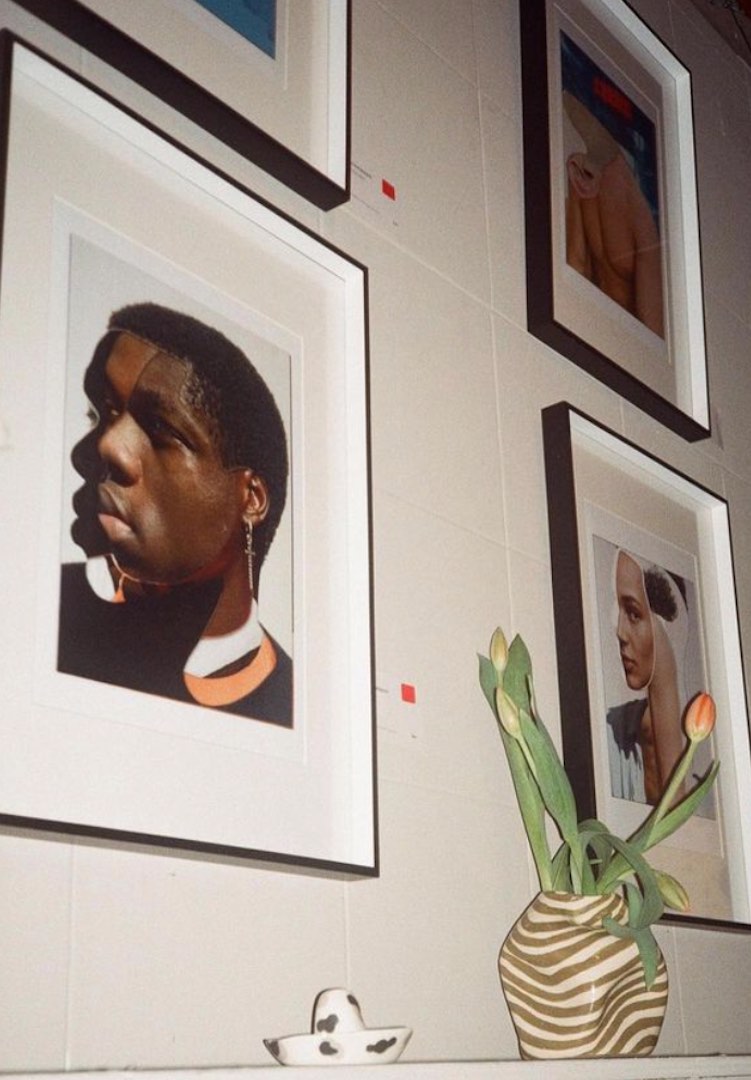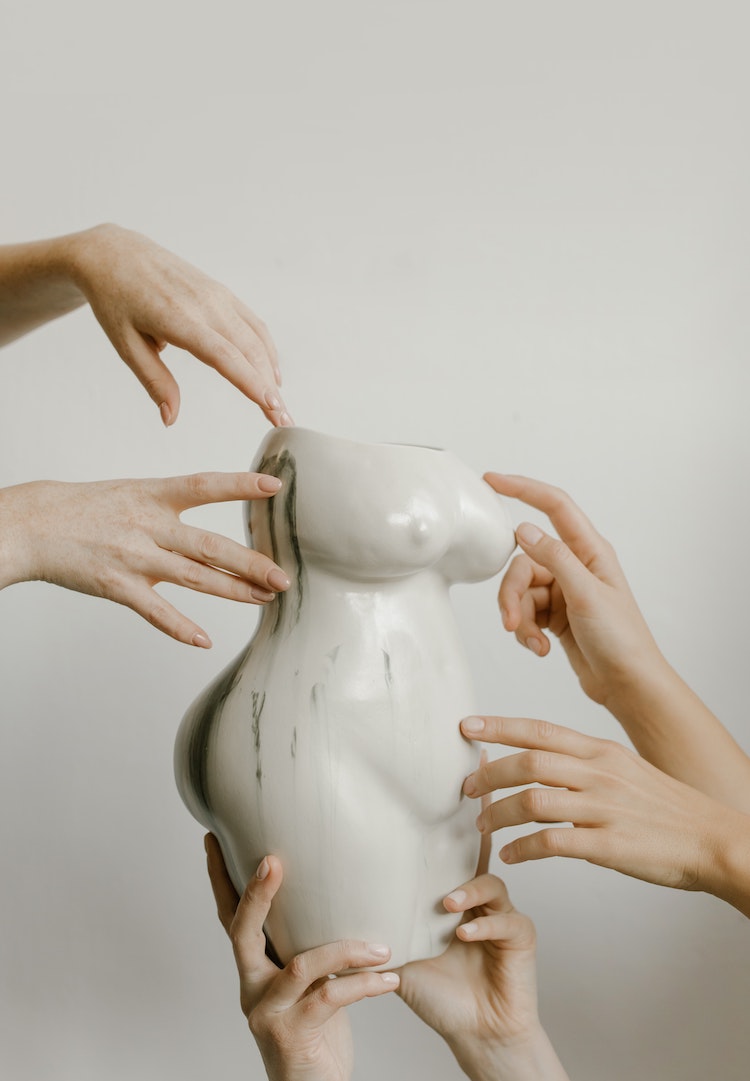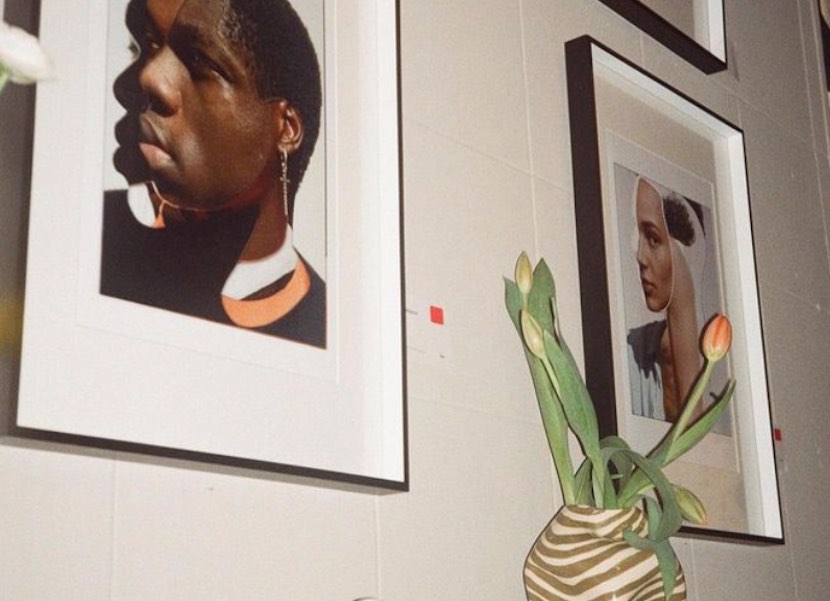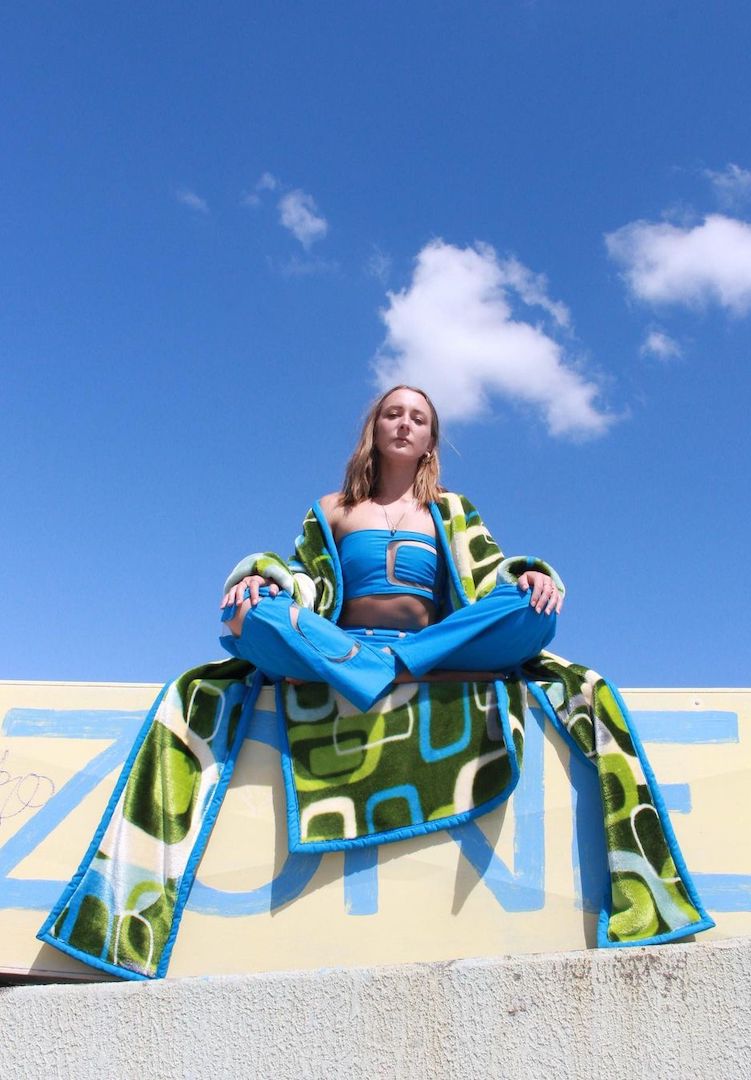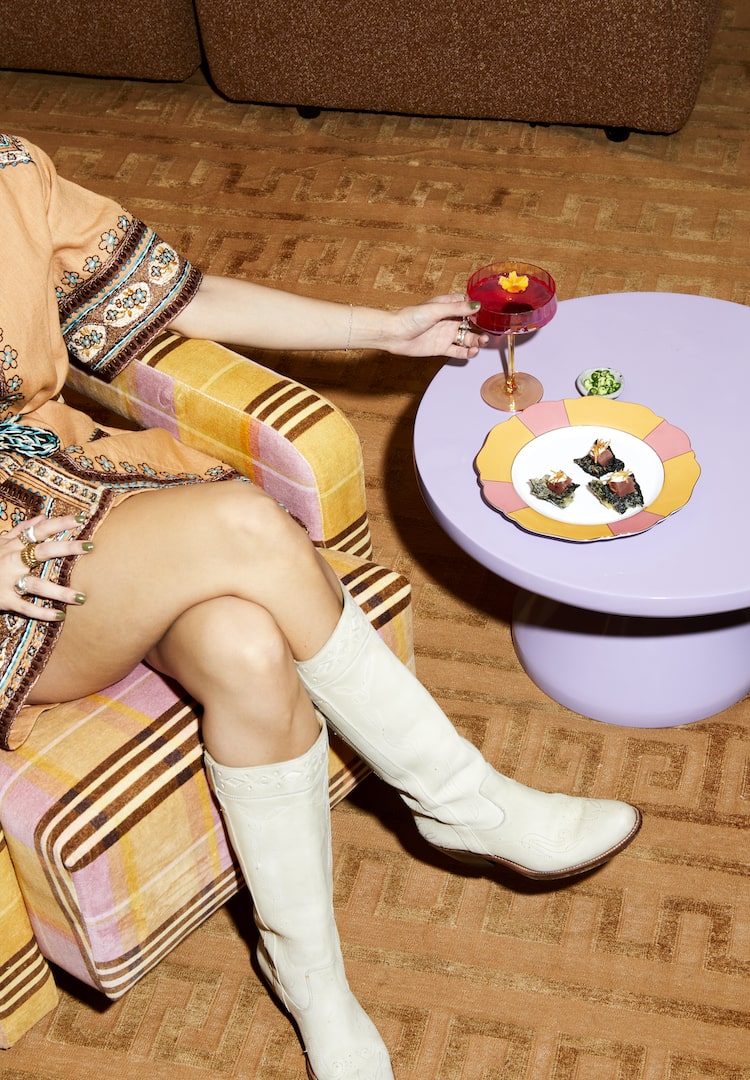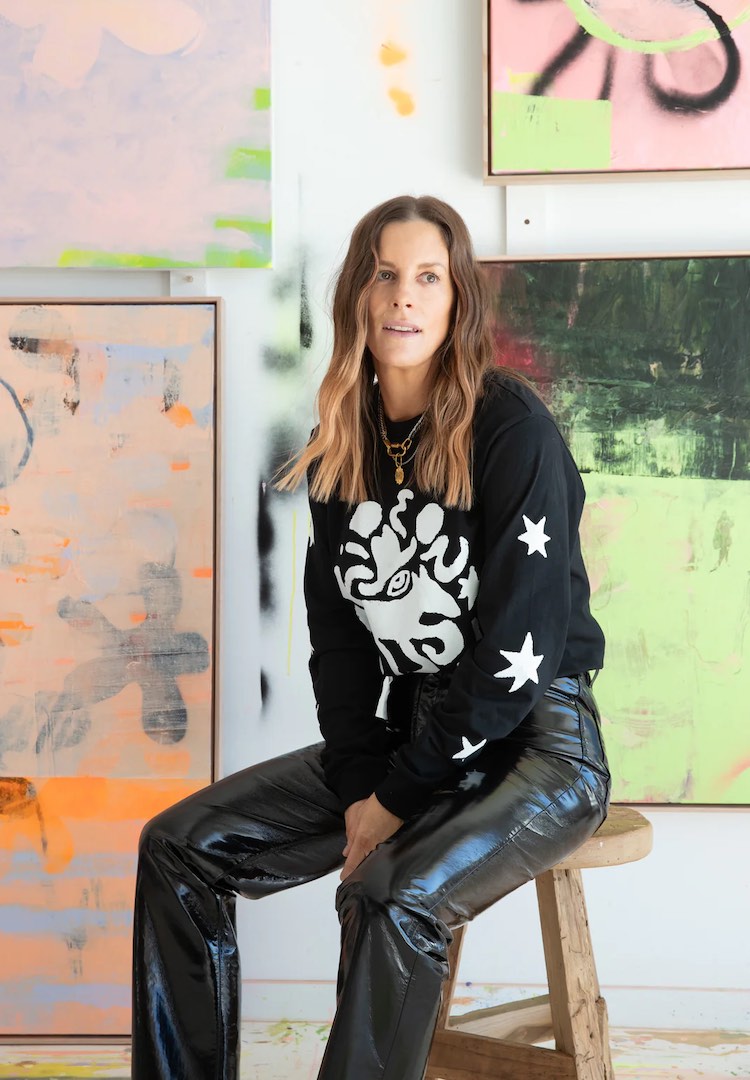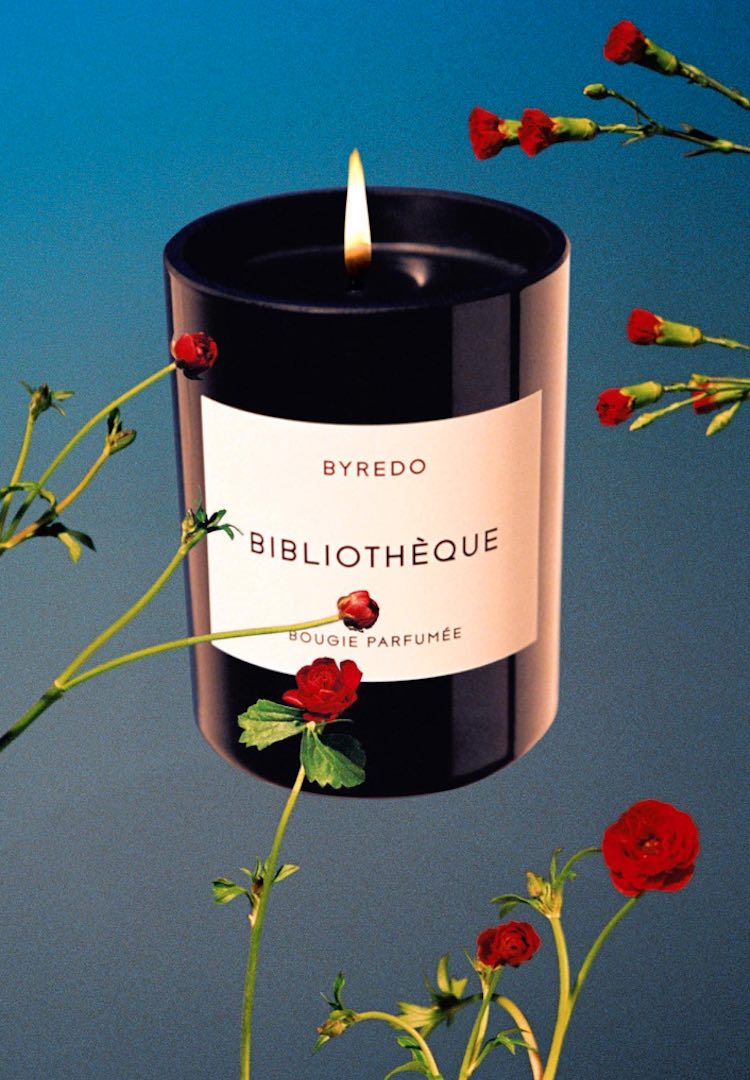An art consultant shares her best advice on collecting artwork in your 20s
image via @degoey_planet/instagram
WORDS BY GENEVIEVE PHELAN
Building your dream home gallery takes time.
I’ve always admired people that collect, adore and cherish artwork. I think of fabulous old ladies who have gallery-like homes – personal exhibitions that have been curated over decades of living. Where did they find these pieces? What memories do they conjure? What conversations do they spark at the dinner table?
But it’s always felt like that ‘special’ art is out of reach, and something that we’ll have when we’re much older. Potentially it’s down to cost, expert sourcing and understanding what you like. I can admit that while I feel deeply moved by art and swoon at local galleries, I’m stumped when looking for something affordable and cool that I feel a connection with right now.
For more thought-provoking content, tap through to our Life section.
And I don’t know what my personal art style really is yet. I live part-time at my partner’s home and I’m helping him with adorning his (mostly blank) walls but never really know where to start, or I can’t afford the pieces I really like. I’m curious to know how to get more ‘into’ art, where to sniff out local emerging talent and how to be a more mindful shopper.
I have a vision of one day being that fabulous lady who can tell her guests all about the posters and paintings she has curated over the years, and how they came into her life. To kickstart my journey (and maybe yours, too), I’ve asked friend and talented art consultant, Amalia Mitsopoulos, to guide us through how to start collecting artwork in your 20s.
What does your job as an art consultant entail?
View this post on Instagram
I connect people with art through two avenues: guiding people through the art collecting process and opening up access to the art world. To guide people through the art collecting journey, I design a bespoke collecting strategy that provides art recommendations or navigates the process for a commissioned work of art.
When it comes to collecting art in your 20s, where should you start to look?
We live in a time where we can easily navigate our involvement with the arts beyond the gallery sector. Social media has its perks, one being that it proliferates information. You can directly reach out to an artist if you see art you like. If I’m looking for art from a particular artist, I often message them telling them what I love about them and asking if they have a catalogue of available works or any shows coming up. This pathway is much richer because when you directly engage with whom you buy the art [from], you learn the narrative and become a part of that story.
Melbourne has an annual affordable art fair, art student shows – RMIT and Monash Uni are musts – and these are also good places to look for what’s around. To help you break down what you want to look for, start a Pinterest board of what you like to show people the aesthetic you gravitate towards. You never know what someone has in the back room.
What are some important things to consider when you’re potentially purchasing a new piece of art?
Firstly, buy what you love! Buy what is authentic to you, whether that be conceptually or aesthetically. Art can have an enduring artistic value or represent an idea that transcends art being made before it. The price of art is arbitrary and contrived in its own way, and what is dictated and exhibited in galleries now doesn’t necessarily collide with what will be in art history textbooks in 30 or 40 years. If you buy what you love, you will always have a meaningful connection to that art despite all the other noise.
See as much art as you can. You must develop a mental vocabulary to decide what you feel is good. Go to gallery openings, go to exhibitions, go to museums, go to student exhibitions. This will help you understand what’s around and what trends there are before you decide what you like. You will refine your vocabulary of what you think is cool and what you think is good until you develop your own personal criteria. It’s essential to see a range of art in a range of spaces, including art outside your budget.
Lastly, find a community to talk about art with. Talking about art with others is incredibly gratifying and valuable – there is never an unvalidated thought or opinion. For a lot of art, you need context and an understanding greater than what you can come up with on your own, greater than your frame of thinking. Don’t hesitate to ask questions and understand as much context as possible because this will lead you to community.
What are some great places in Naarm to find cool art?
Public art brings enormous value to society and is the most inclusive – in a public space, it exists for everyone. Seeing art integrated into natural and urban environments brings a whole new lens to it. The Australian Centre for Contemporary Art has a public art trail map that you can access online. Melbourne’s major universities also have galleries and public art integrated into the campus. Point Leo Estate and Heidi Museum of Modern Art are my top sculpture parks to make a day out of.
View this post on Instagram
If you’re looking to buy art, auction houses can be really insightful, especially when learning about the value of art and the secondary art market. It is exhilarating. There is such a thrill in experiencing art move through the market in real time. You would also be surprised at what you can find, what sells and how much it may or may not go for. Leonard Joel has contemporary art, fine art, and Aboriginal art auctions I attend twice a year. The Collector in Murrumbeena also has had some pretty epic auctions to date.
Art houses are an intimate way to experience art. The Lyon Housemuseum and Justin Art House Museum run private tours of their homes to the public to exhibit art. These are the people with the best insights too. At The Above is at the top of my list of local galleries. It’s a dreamlike space with an artist-in-residence program, providing local creatives with great opportunities.
How about online?
The online art world is thriving. It is easy to make connections, ask questions and journey through time and place to access an unimaginable range of art. Artsy is a great place to look for art because you can follow artists you love, and they exhibit a vast range of artists – emerging to dead! Avante Art is another platform I frequent. They collaborate with artists and release limited editions. I’ve also bought a limited edition book of prints of Ester Gundez from Etsy.
And interstate?
View this post on Instagram
When in New South Wales, you can’t miss Hake House of Art in Sydney’s Northern Beaches. Hake is a utopia. Run by Asha Holmes and Jake Elliot, this is an incredibly charming space that’s creating a culture change in the Australian art world.
The program is designed to forward the expression and practice of emerging and established artists in a flexible space that provides an inclusive and collaborative platform for the community to discover contemporary art, make collecting more accessible and amplify under-represented voices. It’s impossible to visit this space and not enter a state of mindfulness where you are fully engaged in a personal moment of pleasure.
What galleries/shows do you recommend going to? How can someone get involved in these interactive, immersive events?
Here’s a cheat sheet on building a lifestyle around art.
- Read the news: Almost every day starts with me reading Art Net and The Art Newspaper. Artists are consistently at the forefront of progress as they’re society’s most politically progressive thinkers and makers. Artists are the first to move into neighbourhoods that later have an economic boom and are the most innovative people in the world when it comes to combating issues with a social agenda. Everything that happens in life can be connected to art. Seeing how these people think and stitch real-world situations into creative practices is astonishing.
- See more art: Aim for two new galleries a month, including one opening! Care less about what you see. Just be there.
- Say hello: Say hi to gallerists, reach out to artists you love and ask curators and advisors for their recommendations on what is around.
- Scout it out: If you already have that urge to know more, or if a creative topic, artist, or artwork spikes your interest, do your research. Search Google for a podcast or an article. This will only lead you to more engagement.
- Have a laugh: Don’t worry about taking art so seriously. Jerry Gogosian is someone you must follow on Instagram. She is constantly laughing at the art world.
You can learn more about Amalia’s services here.

